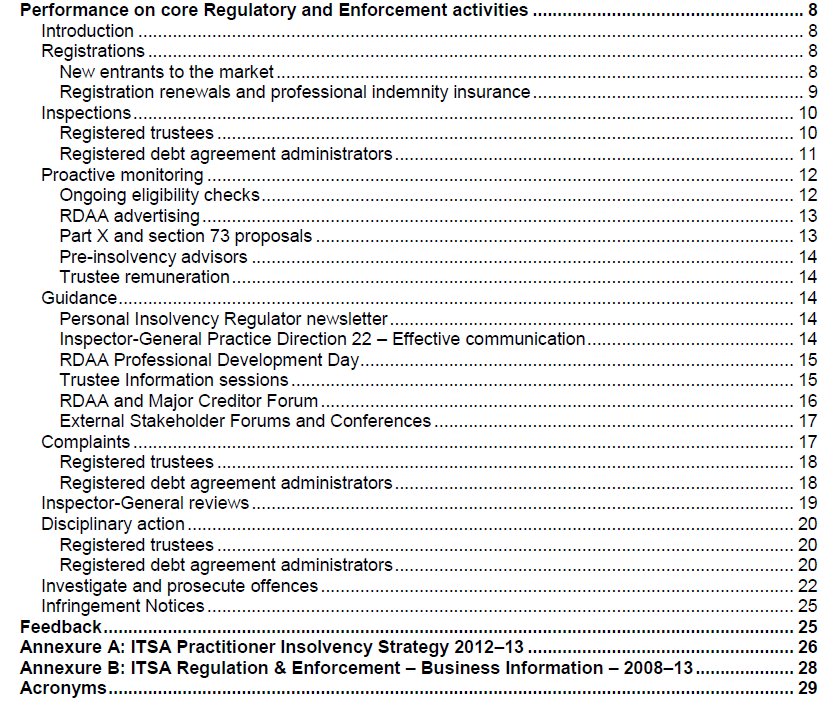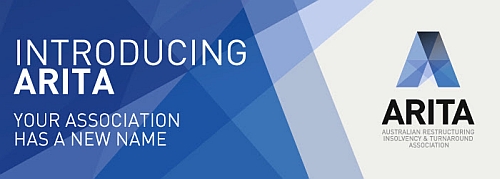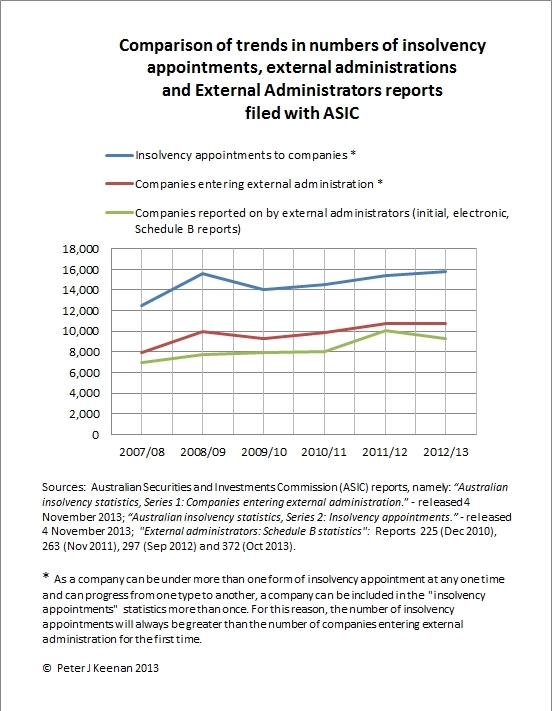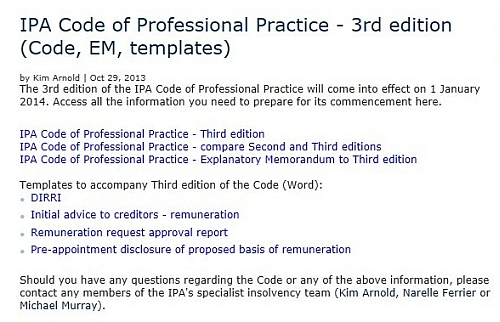In today’s opening statement to the Senate inquiry into the performance of the Australian Securities and Investments Commission (ASIC), the Chairman of ASIC, Mr Greg Metcalf, has called for greater penalties for breaches of corporate law and has strongly defended ASIC staff.
On Penalties
“On the topic of penalties, I would like to say a little more.
There is an expectation among the public that we will take strong action against wrongdoers – and doing this will send a message that shapes future behaviour. However, one of the barriers we face to achieving this is the inadequacy of penalties.
We have outlined some of these inadequacies in our main submission. They include the fact that:
- some comparable criminal offences currently attract inconsistent penalties
- civil penalties:
- are currently set too low
- are not available for a sufficiently wide range of misconduct
- lastly, we require a more graduated set of penalties to provide an effective enforcement response in a wider range of cases.
We consider that this includes the greater availability of infringement notice powers.
It is frustrating – both for us and the public – when the penalty available to respond to misconduct is much less than the profit someone made in the process. If this is so, then rational players in the market will routinely take that risk. If the thinking of law-breakers is a tussle between fear versus greed, then we need penalties that amplify the fear and smother the greed.
We need penalties that create a fear that overcomes any desire to take risks and break the law.”;
On ASIC staff
“Chairman, one disappointing thing about some of the submissions was the inflammatory tone of criticisms made – particularly about ASIC staff.
ASIC has exceptional employees. They are men and women who work at ASIC for good reason. This is because they believe in the public interest. They are skilled and committed to their work. Considering the difficult job they do, they should receive appropriate respect.
Our people have diverse backgrounds – they have experience in law, accounting and financial services. Many have invaluable industry or consumer advocacy experience. This means they understand how markets work and the issues facing investors, consumers and the wider industry.
ASIC employees also undertake ongoing internal training and have access to industry secondment programs, which further develop their skills.
All of these things make our people highly sought after by the private sector and internationally by other regulators.”







